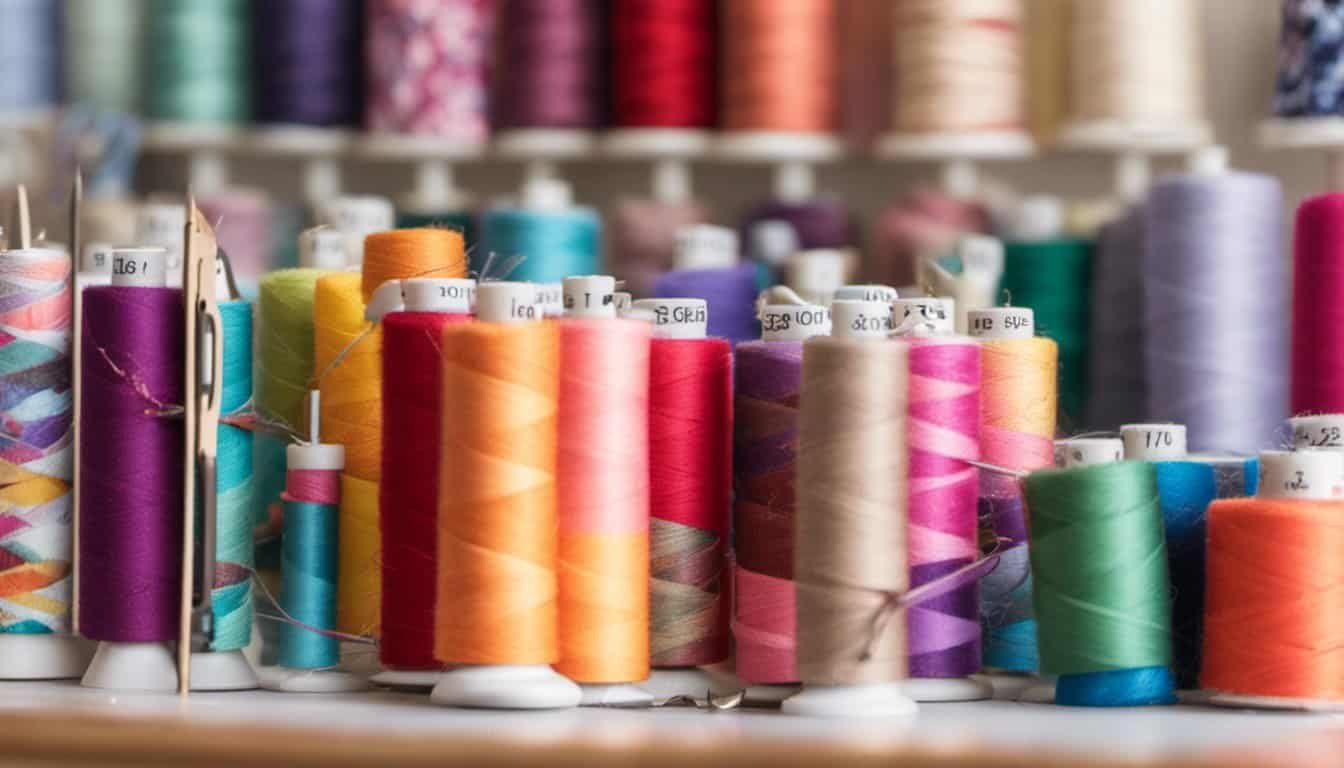Sewing with delicate fabrics like chiffon can be a bit tricky, but choosing the right needle makes all the difference. If you’ve ever struggled with puckering or skipped stitches while working with chiffon, you’re not alone. The secret lies in selecting the perfect needle size to glide through the fabric smoothly.
Understanding Needle Sizes for Sewing Machines
Selecting the correct needle size is crucial when working with delicate fabrics like chiffon. A suitable needle ensures your sewing project goes smoothly without puckering or damaging the fabric.
The Importance of Choosing the Right Needle
Choosing the right needle impacts the quality of your stitching. For chiffon, you need a fine needle that glides through without catching or tearing the fabric. Using an incorrect needle size can cause skipped stitches, uneven seams, or even fabric damage. For example, a needle that’s too thick might leave visible holes, while a too-thin needle could break easily.
A well-chosen needle improves seam strength and fabric appearance. For chiffon, specialized needles like Microtex or sharp needles are ideal, as their fine point penetrates delicate fabrics cleanly.
Understanding Needle Size Numbers
Needle sizes consist of two numbers, such as 70/10. The first number (European size) ranges from 60 to 110, while the second (American size) ranges from 8 to 18. Smaller numbers indicate finer needles, which are better for lightweight fabrics like chiffon.
For chiffon, a 60/8 or 70/10 needle is appropriate. These sizes ensure minimal damage to the fabric and smooth sewing. Ensure the needle is new and sharp, as dull needles can cause skipped stitches and fabric snags. Use proper tension settings on your sewing machine to complement the needle choice for the best results.
Best Needle Sizes for Sewing Chiffon
Using the correct needle size ensures smooth sewing of delicate fabric like chiffon, enhancing seam strength and appearance. Fine needles are essential to avoid fabric damage.
Why Fabric Type Matters
Fabric type matters because different fabrics behave uniquely under needle penetration. Chiffon, a lightweight, sheer fabric, requires delicate handling to prevent issues like puckering or tearing. Using a fine needle, like those in size ranges such as 60/8 or 70/10, ensures the fabric remains intact during sewing. It minimizes the risk of snags and skipped stitches, which are common with heavier or blunt needles.
Recommended Needle Sizes for Chiffon
For chiffon, using needle sizes 60/8 or 70/10 is ideal. These sizes offer the finesse needed to sew this delicate fabric without causing damage. Needle size 60/8 is the finest and works best for the sheerest types, while 70/10 also provides excellent results with slightly sturdier chiffon variants. Always ensure the needles are new and sharp to avoid issues like skipped stitches and fabric snags.
Tips for Sewing Chiffon
Sewing chiffon can be challenging due to its delicate and sheer nature. Implementing the right techniques helps achieve professional results.
Preparing the Fabric
Before sewing, ensure you prepare the fabric properly. Wash and iron chiffon to avoid shrinking after sewing. Use a pressing cloth when ironing to prevent scorching. Lay out the fabric on a flat surface, pin tissue paper underneath to stabilize it, and reduce slippage while cutting. Cut with sharp scissors or a rotary cutter to ensure clean edges.
Machine Settings and Adjustments
Adjust machine settings to handle chiffon effectively. Use the appropriate needle size, like 60/8 or 70/10, as previously recommended. Set the stitch length to 1.5-2.0 mm to avoid puckering. Adjust tension to a lower setting to prevent tight stitches. Attach a straight stitch plate if available, minimizing the risk of the fabric getting pulled into the needle plate opening. Use a new, sharp needle for precise stitching.
By following these tips, sewing chiffon becomes a smoother process, yielding beautiful and delicate results.
Additional Tools for Sewing Chiffon
Using the right tools for sewing chiffon makes the process smoother and helps achieve better results.

The Role of Presser Feet
Presser feet, like Teflon or straight stitch feet, help manage slippery chiffon. A Teflon foot reduces friction between fabric and foot, preventing bunching. A straight stitch foot provides a smaller needle hole which helps avoid fabric getting pulled into the machine. Using the right presser foot makes fabric handling easier.
Stabilizers and Interfacing
Stabilizers and interfacing offer support for chiffon during sewing. Temporary spray adhesive can secure fabric layers, reducing shifting. Lightweight stabilizers like water-soluble film support chiffon without adding bulk. For seams or embellishments, use lightweight interfacing to strengthen fabric without making it stiff. These tools ensure consistent stitching on delicate chiffon.
Conclusion
Choosing the right needle size is key to sewing chiffon without issues like puckering or tearing. By using sharp needles and adjusting your machine settings, you can achieve smooth, even stitches. Don’t forget to prep your fabric and use the right tools like Teflon or straight stitch feet to manage the slippery nature of chiffon. Stabilizers and interfacing can also make a big difference, providing the support needed for consistent stitching. With these tips and the right needle, you’ll be well on your way to creating beautiful chiffon projects with ease. Happy sewing!

















